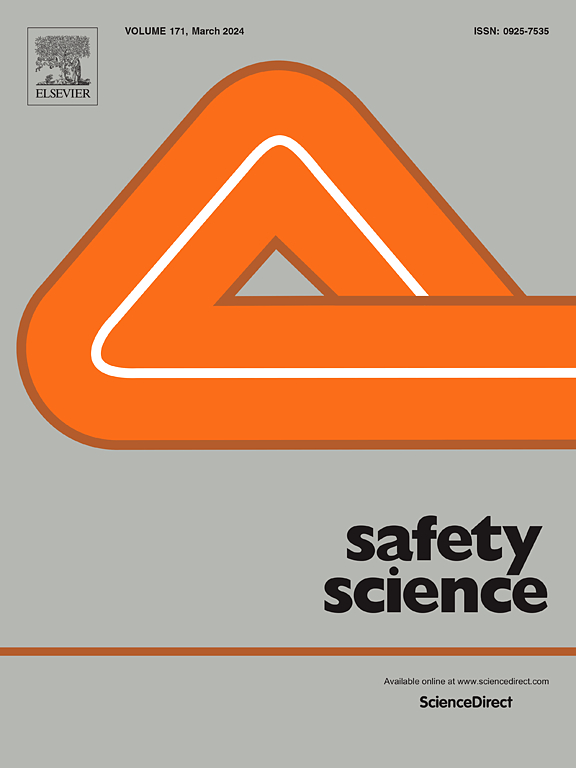The active patient: Voicing and correcting behaviors by patients and families to ensure safety in healthcare organizations
IF 5.4
1区 工程技术
Q1 ENGINEERING, INDUSTRIAL
引用次数: 0
Abstract
Healthcare research increasingly observes that patients and families can be highly active in trying to prevent medical accidents. However, the safety literature lacks a model of these behaviors. Addressing this gap would not only advance understanding on how patients and families contribute to healthcare safety, but also provide a general framework for studying how non-employee stakeholders such as citizens and service-users influence safety outcomes in other organizational contexts. Therefore, the current study aimed to establish a model of the behaviors used by patients and families to prevent accidents and ensure safety whilst in hospital. Using a mixed qualitative-quantitative research design, we analyzed 1,857 healthcare complaints submitted by patients and families to UK hospitals reporting poor treatment experiences. Our analysis focused upon reports within the complaints of healthcare users engaging in (1) voicing behaviors to raise concerns about safety with staff and (2) correcting behaviors to directly resolve safety issues. Approximately three quarters of complaints reported patients and families having engaged in voicing and correcting behaviors, with them often doing so to ensure the resolution of missed and emerging safety problems. The behaviors contributed to hospital safety outcomes through helping staff to spot and resolve errors and hazards, intervening to ensure that safety standards were maintained, and bypassing teams and hospitals when they were judged as too unsafe. The study adds to the literature by establishing a framework for studying how the behaviors of non-employee stakeholders in healthcare and other domains contribute to organisational safety.
主动患者:表达和纠正患者和家属的行为,以确保医疗机构的安全
医疗保健研究越来越多地观察到,患者和家属可以高度积极地努力防止医疗事故。然而,安全文献缺乏这些行为的模型。解决这一差距不仅可以增进对患者和家属如何促进医疗保健安全的理解,而且还可以为研究公民和服务使用者等非雇员利益相关者如何影响其他组织环境中的安全结果提供一个总体框架。因此,本研究旨在建立患者和家属在医院期间预防事故和确保安全的行为模型。采用混合定性-定量研究设计,我们分析了1857例由患者和家属向英国医院提交的医疗投诉,报告了不良的治疗经历。我们的分析集中在医疗保健用户参与的投诉报告(1)表达行为,以提高对员工安全的关注(2)纠正行为,以直接解决安全问题。大约四分之三的投诉报告说,患者和家属参与了发声和纠正行为,他们经常这样做,以确保解决遗漏和新出现的安全问题。通过帮助工作人员发现和解决错误和危险,进行干预以确保维持安全标准,以及在被认为过于不安全时绕过小组和医院,这些行为有助于提高医院的安全成果。该研究通过建立一个框架来研究医疗保健和其他领域的非员工利益相关者的行为如何促进组织安全,从而增加了文献。
本文章由计算机程序翻译,如有差异,请以英文原文为准。
求助全文
约1分钟内获得全文
求助全文
来源期刊

Safety Science
管理科学-工程:工业
CiteScore
13.00
自引率
9.80%
发文量
335
审稿时长
53 days
期刊介绍:
Safety Science is multidisciplinary. Its contributors and its audience range from social scientists to engineers. The journal covers the physics and engineering of safety; its social, policy and organizational aspects; the assessment, management and communication of risks; the effectiveness of control and management techniques for safety; standardization, legislation, inspection, insurance, costing aspects, human behavior and safety and the like. Papers addressing the interfaces between technology, people and organizations are especially welcome.
 求助内容:
求助内容: 应助结果提醒方式:
应助结果提醒方式:


